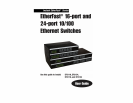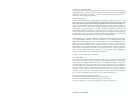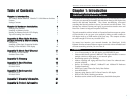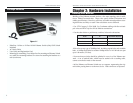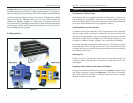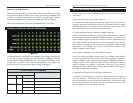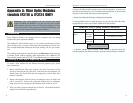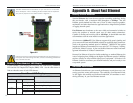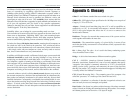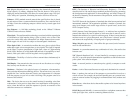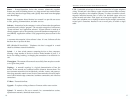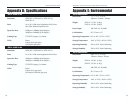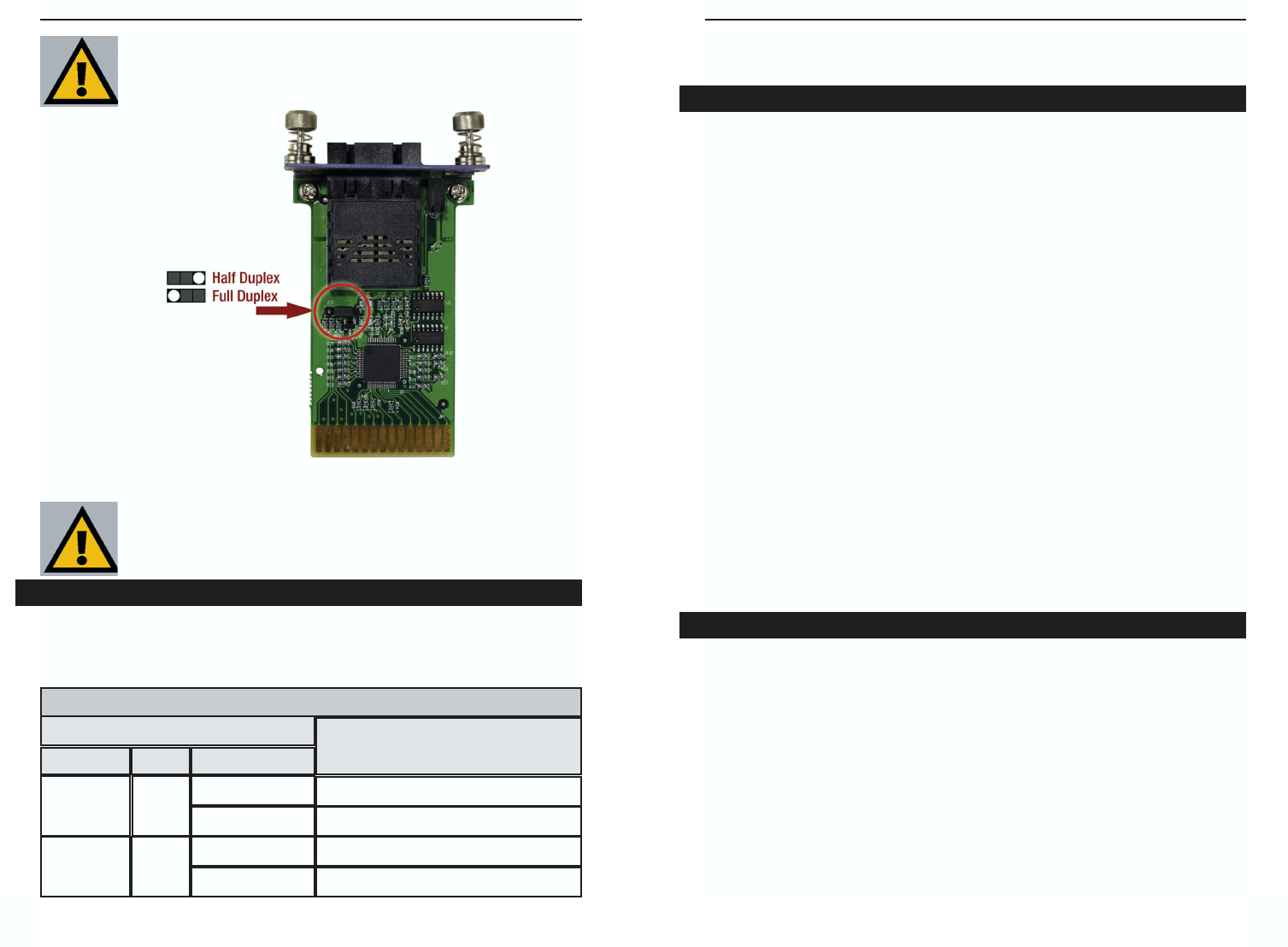
11
EtherFast
®
16-Port and 24-Port 10/100 Ethernet Switches
Appendix B: About Fast Ethernet
Standard Ethernet has been the most popular networking technology during
this past decade, with a maximum data throughput of 10Mbps. But this
Ethernet speed standard has fallen out of favor as today’s massive graphics,
multimedia, and other data-intensive applications have magnified the problem
of lagging network speed.
Fast Ethernet now dominates as the most viable and economical solution to
resolve the problem of network speed over all other market alternatives.
Capable of sending and receiving data at 100 Mbps, its bandwidth more than
accommodates even the most intensive real-time applications.
Also known as 100BaseTX, Fast Ethernet supports high speed signaling and
gives users an efficient and affordable solution for upgrading their present net-
work to the upcoming standard speed of 100Mbps. 100BaseTX data packet
lengths and formats are transmitted over two pairs of UTP Category 5 cabling,
just like the 10BaseT system. It also uses identical data error control and man-
agement information as 10BaseT transmission.
Because Fast Ethernet is based on similar technology as standard Ethernet, the
issue of migrating from 10Mbps to the higher Fast Ethernet speed of 100Mbps
requires virtually no effort with the right piece of equipment. All it takes is an
Ethernet Switch to coordinate your network hardware, and you’re ready to run
a top-notch system.
An Ethernet Switch boosts your network performance several times over, con-
serving your time, money and resources. The scalability of an Ethernet Switch,
its full duplex data transfer and dedicated bandwidth, all contribute to maxi-
mizing efficiency in your Fast Ethernet network.
History of Fast Ethernet
Switches versus Hubs
A Fiber Module’s LED Display has two LEDs: the Link/Activity (Link/Act)
LED and the Full Duplex/Half Duplex (FDX) LED. See the chart below to
find out what the status of each LED denotes.
Instant EtherFast
®
Series
10
Changing connectors must be done professionally with the proper tools. If
this is your first time working with fiber, consult a networking professional
who is familiar with fiber.
Reading a Fiber Module’s LED Display
Front Panel LED Displays
LEDs
Status
Network Status
Link/Act
Solid light
Connection Established
Transmitting/Receiving
Color
Green
LEDs
Blinkinglight
FDX
Solid light
Yellow
Full duplex transfer mode
The fiber module does not autosense, so you must set it to run at either
full or half duplex. Prior to installing the fiber module into the expansion
port, use the jumpers on the card as shown in Figure A-1.
Figure 2-2
No light Half duplex transfer mode



